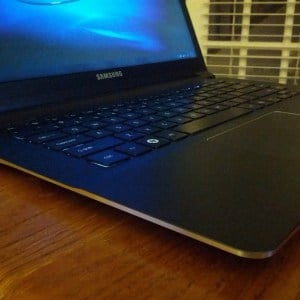Most designers were taught in school that images for print should be 300 dpi (or “ppi” if you prefer – I use them interchangeably), and images for the web should be 72 dpi. While the print number is accurate in most cases, the web number is completely unnecessary as I explained in detail nearly a decade ago.
But why is that the case? I figured there had to have been a point in time when 72 dpi actually made a difference, and it turns out there is!
Back in the mid-80’s, the first Macintosh computers had monitors with a resolution of, you guessed it, 72 dpi. This was very intentional on Apple’s part, because their ImageWriter printers printed at 144 dpi, which is exactly 2x the screen resolution, making it easy to understand the scale of your work. For a little while, future Apple displays continued the 72 dpi resolution even as the screen size got larger. That didn’t last long, though, and now there are no screens being used today that have a resolution of 72 dpi — they’re all much higher than that for the sake of showing crisp images.
As I said in the older post, you’re free to use 72 dpi if you want, as it won’t make a bit of difference. Go nuts and use 1,000,000 dpi if you prefer, but just understand that it doesn’t matter at all and Apple is the one to thank for keeping “72 dpi” in our heads nearly 40 years later.





One inch divided by 72 is 1/72 of an inch.
The name for this unit of measurement is a “point”.
A point is commonly used in typography and graphic design to measure font sizes and line spacing. It also means the design on a Mac screen was print size.